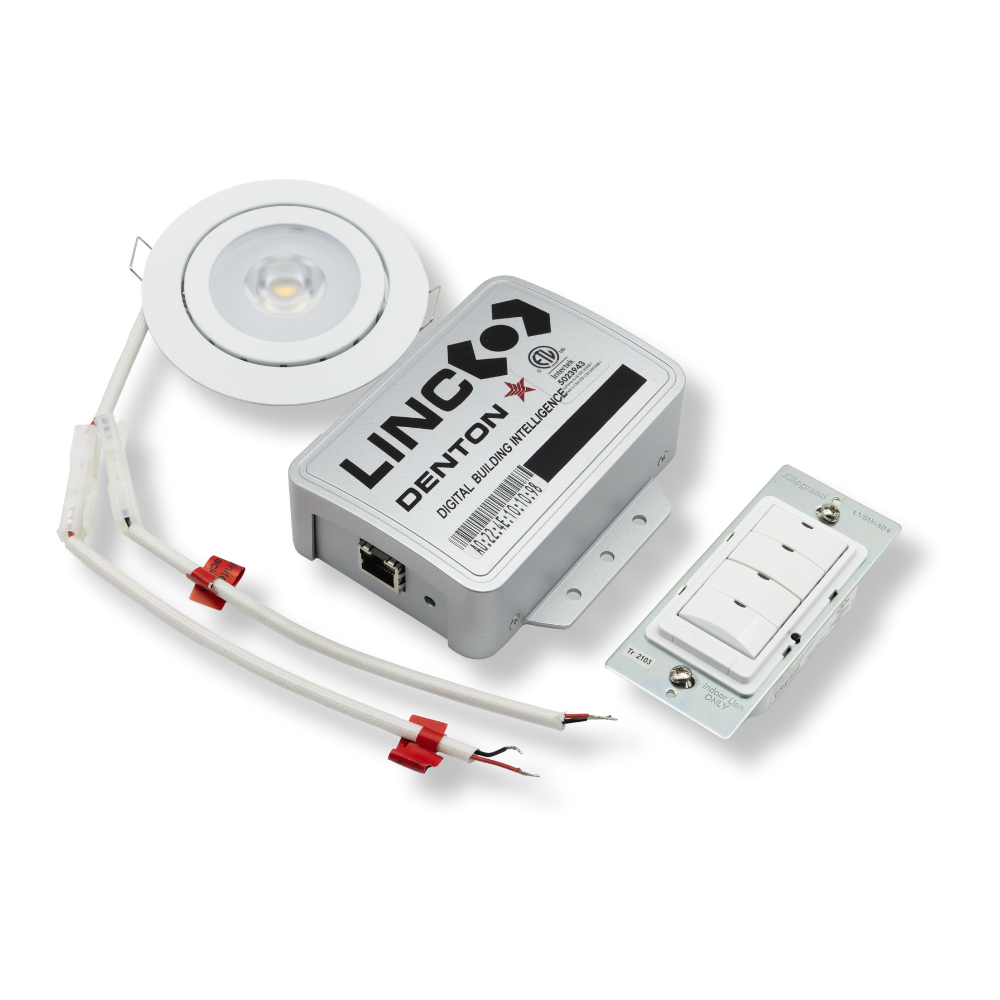Infinite connection possibilities - PoE LED Lighting
Data from Ethernet Power Supply (PoE) market surveys and global PoE market forecasts indicate that by the end of 2022, the compound annual growth rate (CAGR) of the global PoE market is expected to grow by 13% (as shown in Figure 1), reaching $3 billion.
The most popular PoE products include switches, power injectors, IP cameras, VoIP phones, and wireless access points (APs). According to the predictions of the market research company Research And Markets, wireless APs and PoE Lighting will be the two major growth drivers in the PoE market for the next decade.
By 2025, wireless APs and PoE Lighting are expected to capture a 40% market share, dominating the PoE market. This development trend is primarily attributed to the rapid growth in demand for PoE applications in the energy, oil and gas, telecommunications, automotive, and transportation industries.
Figure 1 Global PoE market forecast (data source Research And Markets)
Advantages of PoE
PoE offers several advantages:
• Time and Cost Savings: The absence of dedicated power lines reduces both costs and installation time. Simultaneously, as compliance with electrical wiring regulations is not required, and certified electricians are not necessary, the installation process is simplified.
• Flexibility: Proximity to power sources is no longer a limiting factor, allowing devices to be placed anywhere that can accommodate LAN cables.
• Reliability: Centralized power sources replace low-cost wall adapters, enabling the use of a single uninterruptible power supply for system backup.
• Security: PoE provides stronger security protocols compared to wireless, enhancing protection against hacking attempts.
• Convenience: Simultaneous transmission of power and data reduces cable clutter, making the process more efficient and convenient.
PoE LED Lighting Product Introduction
Project Background
The promotion of PoE LED Lighting is based on the newly introduced IEEE 802.3bt standard, accompanied by significant improvements in traditional LED Lighting. The primary driving factor for these improvements is the ability to transmit up to 90W of power over cables up to 100m in length using four pairs of wires. This allows multiple light fixtures to be connected in a daisy chain, simplifying the installation process.
Application Scenarios
PoE can be applied in commercial buildings, sports arenas, large-scale infrastructure, and smart homes. Combining PoE with lighting introduces exciting new advantages. For example, PoE can be used to power UVC lights to combat viruses, including COVID-19.
Product Framework
By connecting PoE switches or non-PoE switches (paired with PSE power injectors) to PoE LED fixtures and other accessories, such as wireless APs and IoT sensors, a PoE Lighting system can be established. Users can control the entire LED lighting system through mobile terminals or server clouds equipped with supporting software.
The PoE lighting system comprises five basic components: gateway, user interface, PoE switch (non-PoE switch + PSE power injector), PoE node fixtures, and auxiliary devices such as sensors or switches.
Data and power reception for LED fixtures are achieved by adding a "node" inside the LED fixture housing, connected to the LED power and dimming input.
Figure 2 PoE Lighting system architecture and product framework
Implementation of PoE LED Lighting
Powering devices through Ethernet cables (e.g., Cat5e/Cat6/Cat6a) primarily requires two components: Power Sourcing Equipment (PSE) and Powered Device (PD).
The PSE side is responsible for supplying power, similar to a power source, while the PD side receives and utilizes the power (load).
In PoE configurations, each LED fixture can have a standard RJ45 connector (plug-and-play device), making industrial Ethernet an indispensable component.
Figure 3 Ethernet power supply block diagram
PoE LED Lighting Switches - Power Sourcing Equipment (PSE)
Depending on different application scenarios, Power Sourcing Equipment (PSE) for PoE can come in three product types:
Endpoint PSE—PoE switches are the most convenient way to implement PoE power supply. PoE switches directly connect to endpoint PoE powered devices (PD) for power supply and data transmission.
Midspan PSE—Also known as PoE injectors, these are typically used when there is no PoE switch in the network. Their primary function is to transmit their own electrical power and data signals from a regular switch through the network cable to the PoE-powered device (PD).
Extender PSE—PoE extenders, designed to extend the transmission distance for PoE-powered devices beyond 100m.
Figure 4 Three product types on the PSE side
ADI has defined a proprietary standard called LTPoE++™. This standard outlines power specifications for Powered Devices (PD) of up to 90W. It supports various power levels, including IEEE PoE (13W), IEEE PoE+ (25.5W), IEEE PoE++ (71W), and ADI LTPoE++ (up to 90W/123W).
PoE Lighting node--Powered device (PD)
The PoE Lighting nodes, serving as Powered Devices (PD), are equipped to support PoE++, PoE+, and standard PoE standards. These nodes feature integrated isolated switch regulators within the PD controller, with power levels ranging from 2W to 90W.
Certain PD devices incorporate DC-DC controllers, simplifying the design for specific applications.
For PoE++ PD designs that require the ability to support auxiliary power, PDs can opt to be powered by a power adapter, making them compatible with PoE, PoE+, and PoE++.
PoE Lighting nodes have the capability to share data collected through external sensors connected to LED fixtures. This data encompasses various aspects such as ambient light, human infrared detection, temperature, humidity, air quality, etc. The shared data serves multiple purposes, ranging from automatic adjustments for air quality and comfort to detecting health and safety threats, managing human traffic, and optimizing overall operations.
|
Ethernet
interface |
10 BASE-T MDI RJ-45 |
|
Ethernet interface power level |
compatible IEEE 802.3af/at/bt, PoE, PoE+,
PoE++ |
|
Maximum input and output voltage |
60V DC/50V DC |
|
Maximum output power |
Up to 90 W |
|
Maximum output current |
100- 2000mA |

